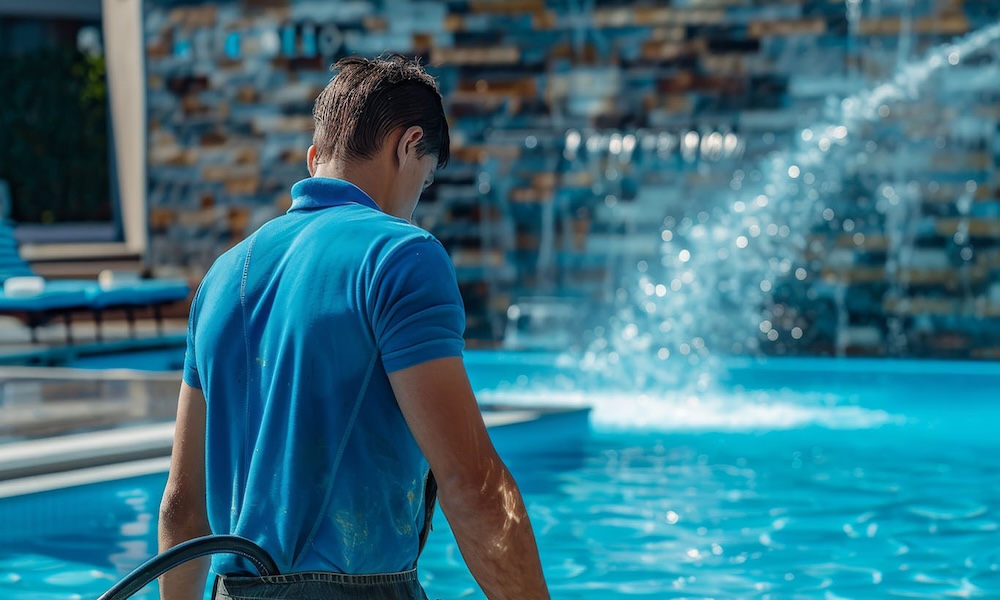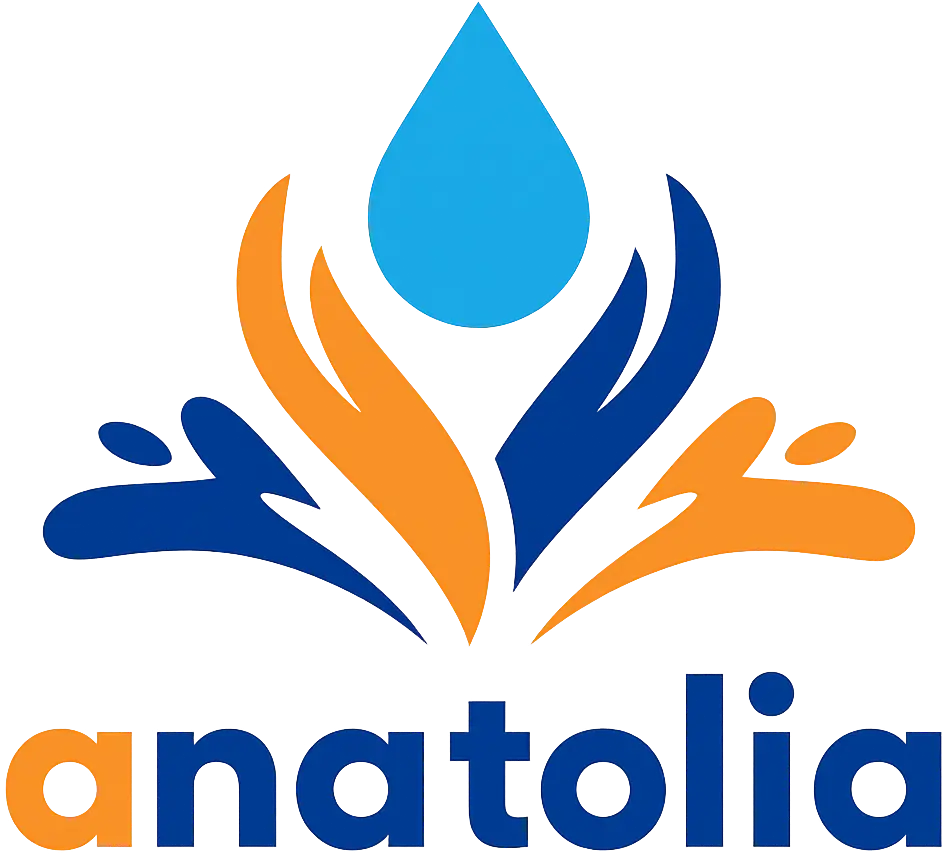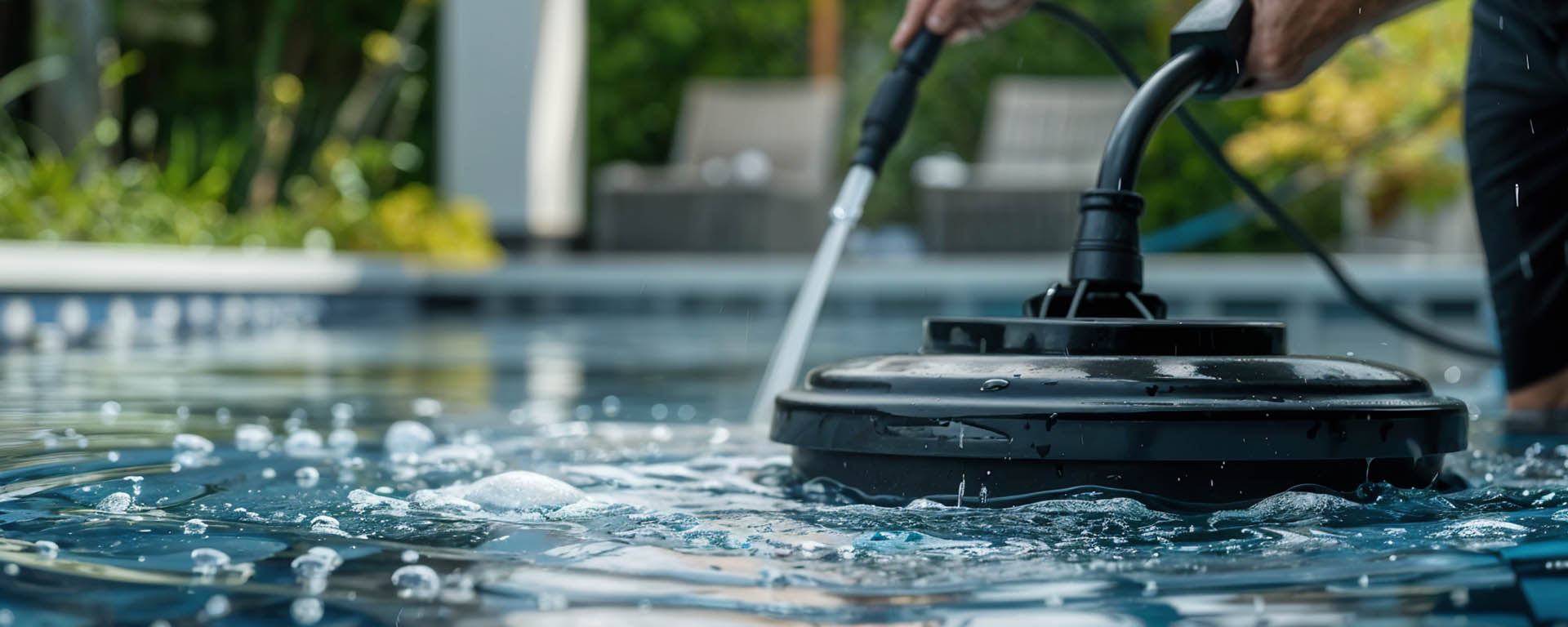
Peak-season bather load and compliance demands can push hotel pool chemical costs upward fast. The good news: with the right automation, scheduled water analysis and standardized dosing, most properties can cut consumption by 10–20%. This guide offers practical steps to improve water quality while protecting your budget.
Why Do Hotel Pools Overuse Chemicals?
- Unstable pH and incorrect ORP setpoints
- Weak circulation/filtration efficiency and short-circuit flows
- Wrong CYA (stabiliser) level and high TDS
- Inconsistent sampling and insufficient training
- Out-of-calibration probes and inaccurate dosing
Quick Wins — Impact in the First 30 Days
| Action | Expected Impact | Note |
|---|---|---|
| ORP/pH automation setpoint review | 5–10% chemical savings | Track daily trends |
| Probe calibration (weekly) | Accurate readings, stable dosing | Two-point buffer |
| Filtration optimisation (backwash/media) | Less turbidity, lower consumption | Monitor ΔP |
| Balance via LSI | Reduced corrosion/scaling risk | Align pH/TA/CH |
Smarter Dosing with ORP/pH Automation
At hotel scale, the biggest gains usually come from automatic dosing. Correct ORP and pH setpoints, calibrated probes and reliable hydraulic injection points keep water chemistry within tight tolerances—lowering chemical costs and complaint rates.
- Recommended setpoints: pH 7.2–7.4, ORP 650–750 mV (by pool type)
- Doser selection: peristaltic or diaphragm based on range
- Data logging: daily trend charts and alarm thresholds
For integration and equipment see: Chemical Supply & Dosing • Automation & Control
Routine Water Analysis & Sampling Standards
A weekly full panel plus daily pH/chlorine/ORP checks—evaluated together with LSI—prevents over-dosing. Without proper sampling technique, no reading is trustworthy.
- Sampling: mid-depth while circulation is on
- Panel: pH, free/combined chlorine, alkalinity, calcium hardness, CYA, TDS
- Report: trend chart + action plan
External support: Water Analysis & Testing
Example Savings Scenario — 300 m³ Hotel Pool
| Item | Current | After Optimisation |
|---|---|---|
| Free chlorine target | Fixed 3.0 ppm | 1.5–2.0 ppm (ORP-controlled) |
| pH control | Manual | Automatic dosing, 7.2–7.4 |
| Monthly chlorine use* | 100 units | 80–88 units |
*Illustrative; actual numbers vary by bather load and pool type.
Weekly Checklist
| Task | Status |
|---|---|
| Probe calibration (pH/ORP) | ☐ |
| Backwash and ΔP record | ☐ |
| LSI calculation (pH/TA/CH) | ☐ |
| Trend report and alarm log | ☐ |
FAQ
Is ORP alone enough?
No. ORP must be evaluated together with free chlorine and pH.
Why does CYA matter?
High CYA lowers chlorine effectiveness; for outdoor pools, 0–50 ppm is preferred.
Minimum requirements for automation?
Proper probe placement, correct injection points, safe chemical storage and data logging.


